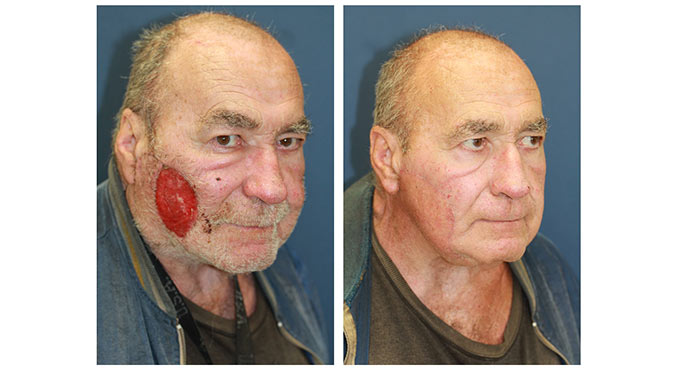Trauma and Oncologic Reconstruction

Bhudhav Hospital
Trauma and Oncologic Reconstruction
Trauma and oncologic reconstruction refer to surgical procedures aimed at repairing and restoring the body after significant injury or cancer-related surgeries. These reconstructions are essential for improving the quality of life, functionality, and aesthetic appearance of patients.
What is Trauma Reconstruction?
Trauma reconstruction involves surgical interventions to repair and restore body parts that have been damaged due to accidents, injuries, or other traumatic events. This can include bone fractures, soft tissue injuries, and complex wounds.
Types of Trauma Reconstruction
Fracture Fixation
- Procedure: Use of plates, screws, or rods to stabilize and heal broken bones.
- Ideal Candidates: Patients with complex fractures or non-healing bones.
Soft Tissue Reconstruction
- Procedure: Repair of muscles, tendons, and skin using grafts or flaps.
- Ideal Candidates: Individuals with extensive soft tissue damage.
Skin Grafting
- Procedure: Transplanting skin from a healthy area to a damaged area.
- Ideal Candidates: Patients with significant skin loss or severe burns.
Nerve Repair
- Procedure: Surgical repair of damaged nerves to restore function.
- Ideal Candidates: Individuals with nerve injuries causing loss of sensation or movement.
Understanding Oncologic Reconstruction
What is Oncologic Reconstruction?
Oncologic reconstruction involves surgical procedures to restore the appearance and function of body parts affected by cancer and its treatment. This often follows tumor removal surgeries and aims to improve the patient’s quality of life.
Types of Oncologic Reconstruction
Breast Reconstruction
- Procedure: Rebuilding the breast after mastectomy using implants or autologous tissue.
- Ideal Candidates: Women who have undergone mastectomy or lumpectomy.
Head and Neck Reconstruction
- Procedure: Restoring structures of the head and neck using grafts and flaps.
- Ideal Candidates: Patients with head and neck cancers.
Limb Salvage Surgery
- Procedure: Removing cancerous tumors from limbs while preserving function.
- Ideal Candidates: Individuals with bone or soft tissue sarcomas.
Pelvic Reconstruction
- Procedure: Restoring the pelvic area after cancer surgery.
- Ideal Candidates: Patients with pelvic tumors or after extensive pelvic surgeries.
